“The best possible way to beat public speaking fear is to fool your audience and fool yourself,” said Janet Zeide, JD, in a Monday, Nov. 8, session at ACR Convergence 2021. “Acting confident and having plenty of practice and knowledge about your presentation will help you.”

Zeide, an instructor for the Wharton Communications Program, University of Pennsylvania, Philadelphia, outlined five tips for being the best speaker in the RHEUM:
- Remember your purpose.
- Have knowledge about your audience.
- Engage your audience.
- Unlimited practice.
- Make it memorable.
These principles, shared during Gift of Gab: Effective Communication for Clinicians, Investigators, & Educators, can be applied to oral and written communications, including presentations, meetings, papers, emails, and letters. The session can be viewed by registered meeting participants through March 11, 2022.
Zeide said it is crucial to understand the goal of any communication. An informative presentation could involve discussing treatment with a patient, training office staff, or lecturing students, and the presenter should provide balanced research on the topic.
Having a baseline of knowledge about the audience — what they know and what they want to know — also will increase the effectiveness of the communication, she added.
“The audience is the most important part of your presentation,” Zeide said. “Try thinking about factors such as their knowledge, their gender, their ages and generations — generations is very important to consider — and interests so you can tailor your content and delivery.”
When a speaker uses the appropriate level of vocabulary and formality, employs transitions, keeps sentences short, and delivers the message at the necessary pace and volume to be understood, it is easier for the audience to follow along. Too many numbers and text-heavy slides can detract from the information being conveyed, Zeide cautioned.
“Use presentation aids to clarify and illustrate, but remember, your audience cannot read your slides and listen to what you are saying at the same time,” she said.
Slides with a few words or bullet points in a large, clear font are recommended.
When preparing for a public speaking engagement, Zeide advised practicing saying the speech out loud to address timing and pronunciation issues.
“There are names, certainly pharmaceuticals, and all kinds of things that are hard to say out loud even though they are easy for you to read,” she said. “Practice saying them so that you’re good at it, or use a different word.”
Eye contact with the audience and body language also should be part of practicing a presentation.
“Make sure you are sitting or standing straight,” Zeide said. “Try not to move around a lot. Try not to move your hands a lot, because that’s distracting. And try to look straight ahead, but make eye contact by moving your eyes and your head if there’s an audience in front of you.”
Above all, act confident, she said, suggesting speakers wiggle their toes or take a deep breath to counteract nervousness.
Presentations and other communication should start strong and end strong.
“A good closing can reinforce or summarize your main points,” Zeide said. “Try to round off your speech by referring to what you talked about in your intro. Since people tend to remember the first thing and last thing they hear, having a strong conclusion will make your talk notable.”
ACR CONVERGENCE ON DEMAND
Meeting content can be viewed on the virtual platform by registered meeting participants through March 11, 2022. If you were unable to attend the live portion of the virtual meeting, an On-Demand All-Access Pass is still available for purchase.
